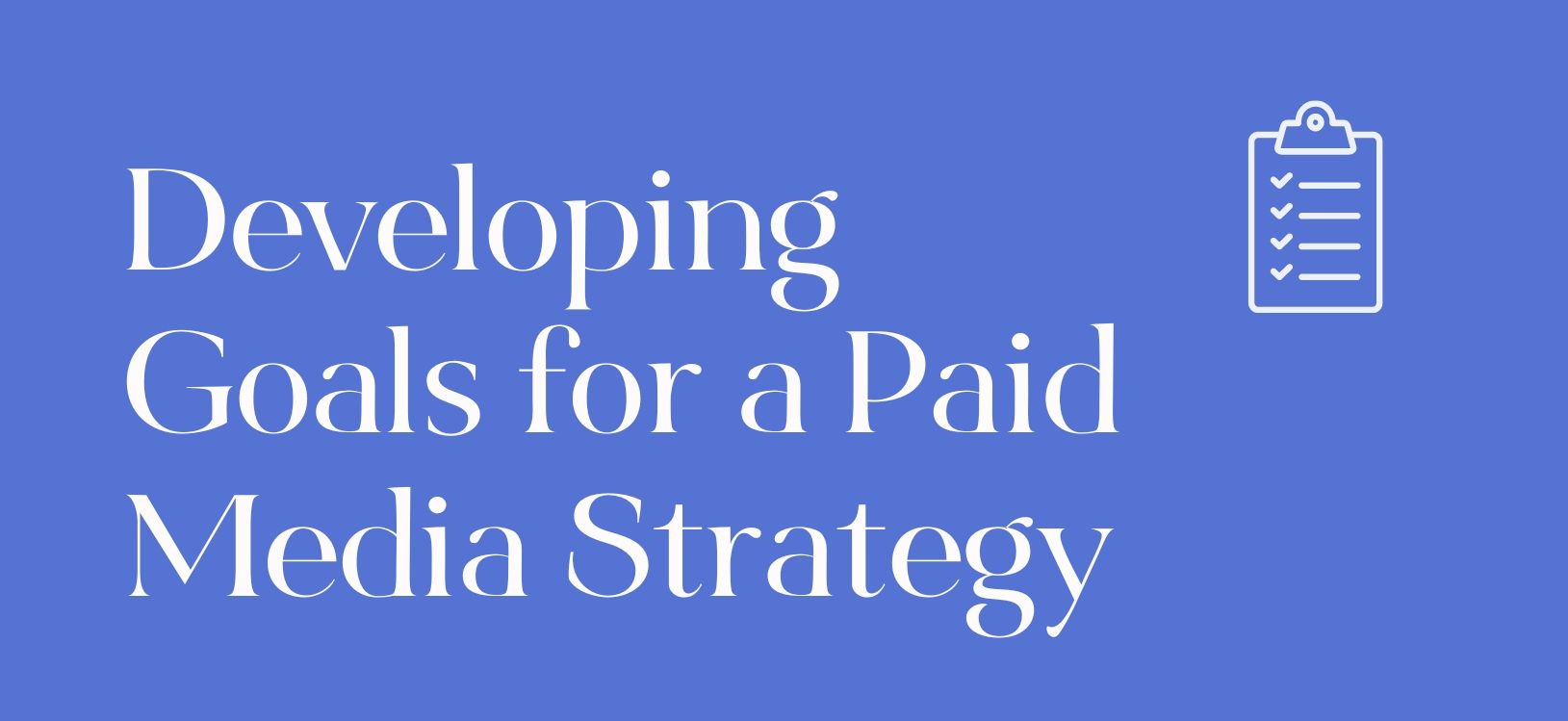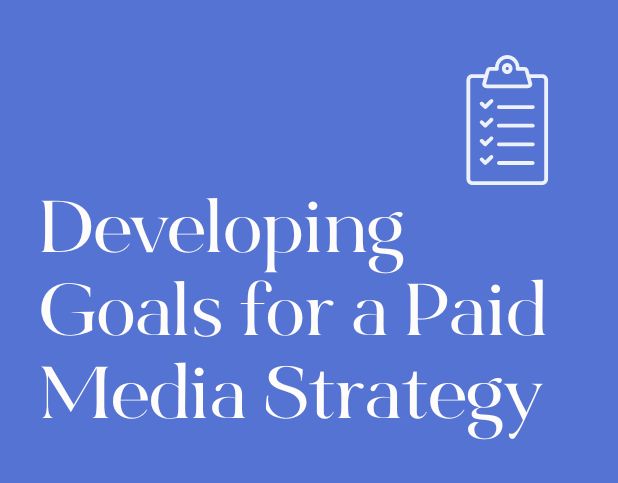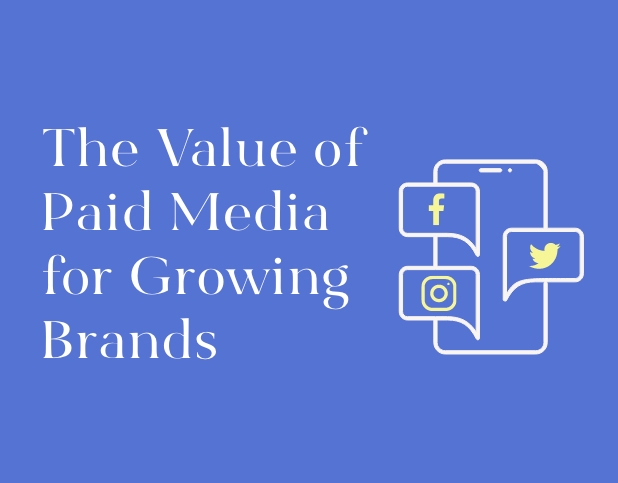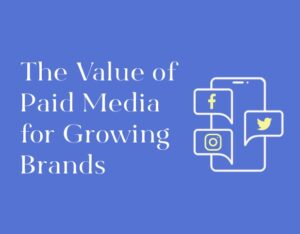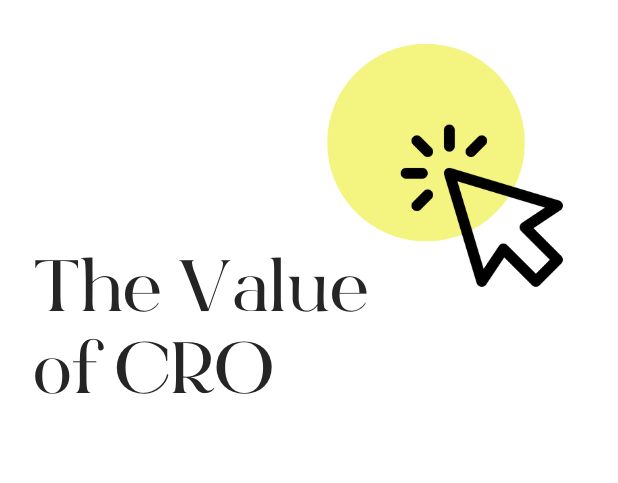Developing clear goals and objectives is the first step in creating your digital marketing strategy. These goals and objectives will guide your efforts and determine how you will measure success. Without specific, measurable goals, it can be difficult to know what you want to achieve with your marketing efforts and how to track progress toward your goals. In this blog, we’ll talk specifically about how to determine these foundational elements for your paid media strategy.
Step 1: Define Your Overall Business Objectives
One of the first steps in developing clear goals and objectives for your paid media strategy is to define your overall business objectives. Consider what you want to achieve with your efforts in the context of your overall business goals. For example, you might want to increase brand awareness, drive website traffic, generate leads, or make sales.
Step 2: Develop Measurable Goals
Once you have identified your overall business objectives, you can start to develop specific, measurable goals for your paid media campaigns. These goals are often based on your objectives alongside the allotted budget you plan to use for ad spend. Make sure these goals are realistic given your budget and state of business but exciting to work towards and will help achieve your business goals.
Step 3: Determine KPIs
To measure progress towards your objectives and measure success, you will need to identify key performance indicators (KPIs) and set targets for each KPI. Your KPIs should be specific metrics that help you track progress toward your objectives. For example, if your objective is to increase website traffic, your KPI might be the number of website visits from social media. Once you have identified your KPIs, set specific targets for each one. For example, you might set a target of 10,000 website visits from social media over the next three months. To help you skip this step, we have provided guides for the top KPIs you should measure for organic social, paid social, paid search, lead gen campaigns, and website performance.
Step 4: Make a Plan
To achieve your goals and objectives, you will need to create a plan for implementing your paid media strategy. This may include selecting the channel or platform, ad formats, and targeting options that will best help you reach your target audience and achieve your objectives. You will also need to create engaging and relevant ad content that resonates with your target audience and aligns with your brand.
Step 5: Analyze and Optimize
To optimize your campaign, you should regularly review and measure the performance of your ads and make adjustments as needed. Use tools like Google Analytics and ad manager dashboards to track the performance of your ads and identify areas for improvement. You can also experiment with different ad versions and targeting options through A/B testing to determine what works best and make adjustments accordingly.
In summary, developing clear goals and objectives for your paid media strategy is essential for guiding your efforts and measuring success. By defining your overall business objectives, identifying goals and objectives, and tracking progress using relevant KPIs, you can create a comprehensive plan for promoting your business or organization through paid advertising on digital media platforms. Regularly reviewing and adjusting your campaign as needed will help you optimize your paid social media efforts and achieve your desired outcomes. If you aren’t sure if it’s the right time to launch paid media for your brand, or if you need some additional guidance on setting your goals and objectives, reach out! The BuzzShift team lives and breathes paid media and would love to provide guidance or develop your paid media strategy for you!
About BuzzShift
BuzzShift is a digital growth strategy agency with a focus on mid-market, scaling, purpose-driven DTC Brands. By combining the ideologies of branding, performance marketing, and retention agency, we are able to create memorable experiences with measurable results, and build long-term success for our clients with scalable, sustainable growth. Learn more about BuzzShift.
